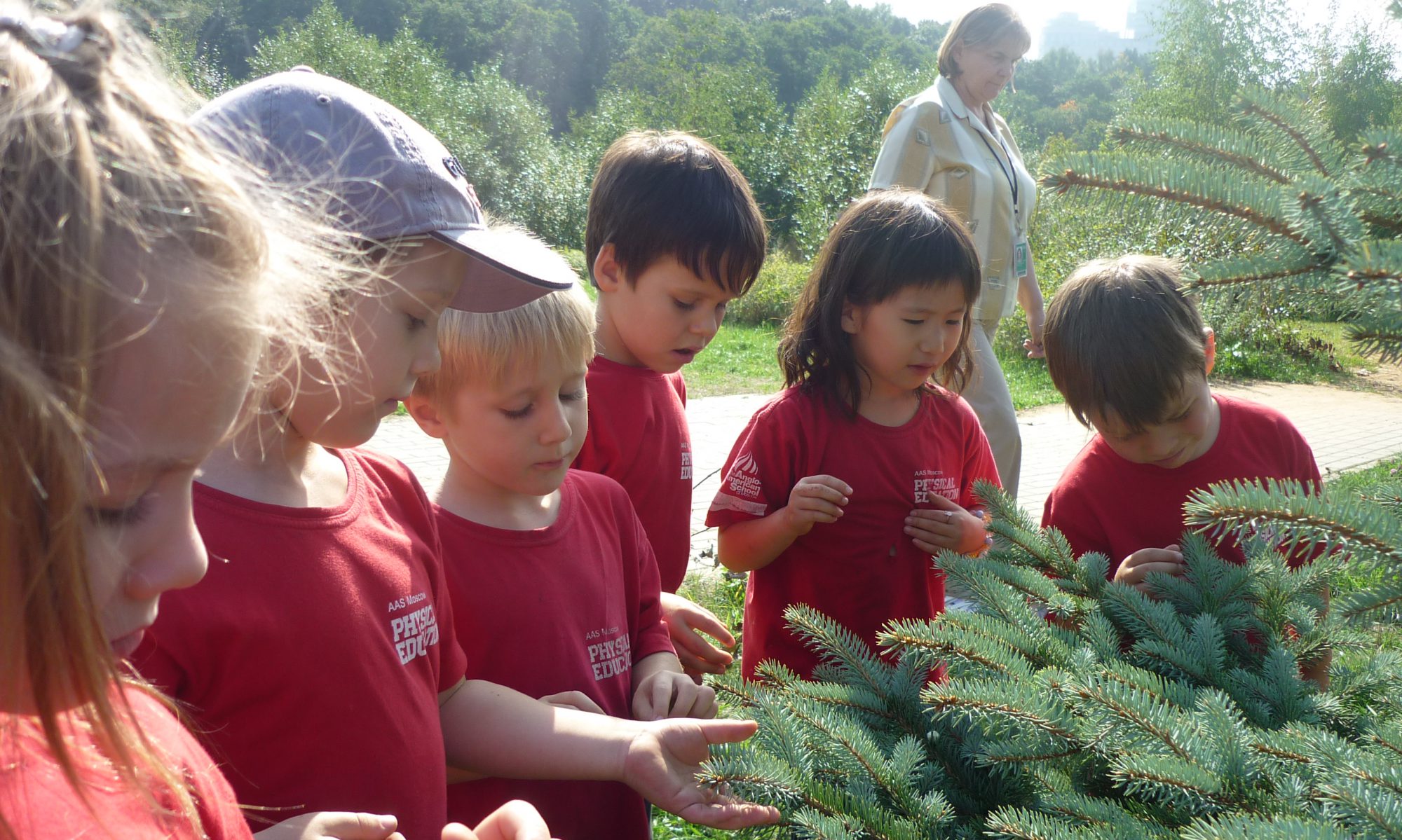At the beginning of our “How We Express Ourselves” unit of inquiry, KZE students observed some art pieces and tried to draw on their prior knowledge and experiences to answer questions of “What is art?” and “What was the artist trying to tell you?” Here are some of their understanding:
Kyle: “Art is like making sculptures. Artist can use different things to make art.”
Daisy: “Art is where you draw and make lots of new stuffs. Artists always make sure they get ready to do what they want to do. They always have the colors they want.”
Liam: “Art is colorful, it has paint in it.”
Emerson: “Art is being creative. Artists usually use the word “art” for painting.”
Michael: “Art is when you draw pictures.”
Fatima: “Art is experimenting and use different tools.”
Scarlett: “Art is pretty and colorful. Artists use paint brushes, crayons, markers, and pencils to make pictures.”
Lizzy: “When artists don’t have the colors they need, they can mix colors.”
Trace: “Art is like drawing with color crayons to make pictures. You need lots of colors to do painting.”
Freddie: “Art is like you can use pretty much everything to make art.”
Lisa: “Artists sometimes use strings, beads to make art. They also do oil painting.”
Hannes: “Art is colors.”
Safiya: “Art is drawings.”
We read some books and they seemed to tell us something different than what we thought. So we agreed to do some more explorations and experiments. Maybe at the end of our unit, we can come back and see if we change our thinking.
The Kindergarten teachers set up different activities with different mediums and tools in each room. All Kindergarten students visited each classroom in rotation. They got a chance to explore, manipulate, observe, and reflect. Here are some of their notice:
Water color in Mr. Ross’s classroom
• The paper has pattern on it, when you paint the pattern appeared.
• You need to use water to wet the paint.
• There are dots on paper when you paint.
• You can mix two colors to make a new color.
• You used one brush for all colors. But you need to wash the brush every time.
Making prints in Ms. Jill’s classroom
• You can make prints with lots of different things.
• You can print with paint. All you need to do is to put the thing in the paint, pick it up, and put it on the paper.
• Prints can be colorful.
• You can use mud to make print.
Chalk/oil pastel in Mrs. Wiese’s classroom
The chalks spread well, but oil pastels didn’t spread well.
• The chalks have little dust coming out, but the oil pastels didn’t.
• The chalks are very messy.
• When you use chalk sideways, it draws quicker.
• When you use blue and green pastel on top of each other, the colors don’t mix together.
Sculpture in Mrs. Zurfluh’s classroom
• The white rocks are with chalk on it. They made your hands white.
• Some wires are hard to straighten.
• You can bend and cut the wires.
• The wires are kind of sharp. We need to be careful when working with the wires.
• There are different sizes of wires. The thinner ones are easy to cut. The thicker ones are difficult to cut.
Clay in Mrs. Nellor’s classroom
• Clay is very messy. Sometimes is very hard to make stuff. Sometimes it is not.
• It is fun working with clay, but it is hard to break it.
• You can make anything with clay.
• Clay is kind of like print. We can make print on the clay.
• You can use tools to make different shapes with clay.
• The clay washes off very easily.
We will continue to experiment and explore artistic tools and mediums to create art that express our feelings, ideas, and thinking



